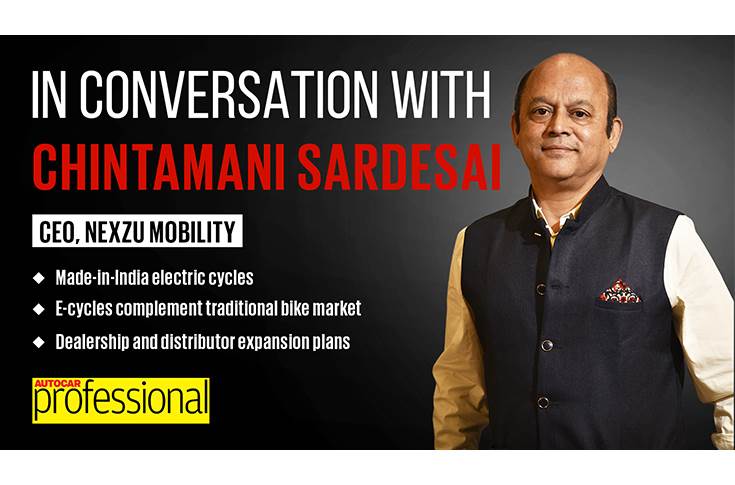On a Tuesday evening last December, the singer-pianist Michael Feinstein was at Café Carlyle on Manhattan’s Upper East Side in a sparkly silver blazer, making his way through the audience to the little stage, where the members of his four-piece band were taking their places. The audience erupted into applause. A few people stood and reached out a hand to greet him. As he launched into George and Ira Gershwin’s “Our Love Is Here to Stay,” some sang along, others swayed a little. Written in 1937, the American songbook standard is full of nostalgia, wit and romance. The same might be said for Café Carlyle.
The nightclub at the Carlyle hotel (now part of the Rosewood Hotel Group) seats just 90 patrons at its small tables and banquettes. Before each show, there’s a prix fixe dinner starting at 6:30, 7 or 7:30 p.m., depending on which seating you choose. The menu runs as old school as the venue: oysters, shrimp cocktail, poached salmon, roast chicken, seafood salad, steak and cheesecake, all served smartly on crisp white tablecloths and swiftly enough that diners are more or less finished by 8:45, when the show starts.
No matter the night or the performer, there’s a sense of occasion at Café Carlyle, the feeling that this is a big night out at the last great supper club in New York. The room has barely changed since it opened in 1955, except that back then, there were often two or even three shows instead of one a night. The martinis are still considered the best in the city, and the soft light from the little table lamps, the most flattering.
The lampshades were painted by the Hungarian-born French artist Marcel Vertès, as were the fanciful and droll murals on the walls, storybook-style illustrations of children in Pierrot party hats painting and playing music, as well as dancing bears and ballerinas.
When Café Carlyle first opened, it seemed as if every grand hotel in the city had its own nightclub — the Persian Room at the Plaza, the Starlight Roof at the Waldorf Astoria — and there were also plenty of free-standing clubs like the Blue Angel and the Copacabana. People dressed up when they went out on the town. My mother wore her best black chiffon and Delman pumps from Bergdorf Goodman. My father, his mustache trimmed, was in his best navy blazer.
In the 1960s, or possibly the 1970s, my parents drank martinis at Café Carlyle. I don’t know who they went to see but, by the time I started going to the Carlyle myself in the early 2000s, regulars included the theater and cabaret stars Barbara Cook and Eartha Kitt. Elaine Stritch, the grande dame of Broadway musicals, performed there, too. Woody Allen played the clarinet. And once I sat not more than a yard from the jazz musician and bandleader John Lewis and the rest of the Modern Jazz Quartet.
The lineups are just as varied these days. The jazz guitarist and singer John Pizzarelli and his wife, the singer Jessica Molaskey, play the most often. In years past, Pizzarelli also sometimes played with his father, the musician Bucky Pizzarelli, who died in 2020. The Broadway star Sutton Foster, the singer and actress Rita Wilson and the fashion designer Isaac Mizrahi have also been known to draw crowds. In the spring, the retired New York Yankee Bernie Williams is on the bill to play jazz guitar.
Overseeing Café Carlyle is Allal Gogo, the Moroccan-born general manager. After Feinstein wraps up, Gogo escorts me into the hallway near the entrance to see the oil portrait of the jazz pianist and singer Bobby Short, who played the club for five or six months a year for 36 years, starting in 1968. He remains its muse.
I saw him just before he retired in 2004 (he died in 2005 at the age of 80), and he held that room in his hand. For a guy from Illinois who grew up during the Great Depression, one of 10 children, his was a singular New York story. A dazzling pianist and a charming song stylist, he was the top, and everyone knew it.
Nostalgia really is a powerful force in New York, especially at the Carlyle, when, looking at your companion over a few Stingers, instead of scrolling your phone, you imagine another, slower age. In a city that’s always moving at a furious speed — tearing things down, rebuilding — and where fast money is the fuel, I sometimes yearn for a sweeter time, even one suspended in my imagination: a town in black-and-white, of Gershwin songs and Rodgers and Hart, of Art Deco design and midcentury style, when Jackie Kennedy wore white gloves to the Carlyle.



